Webb Telescope Uncovers Life's Building Blocks in Nearby Galaxy
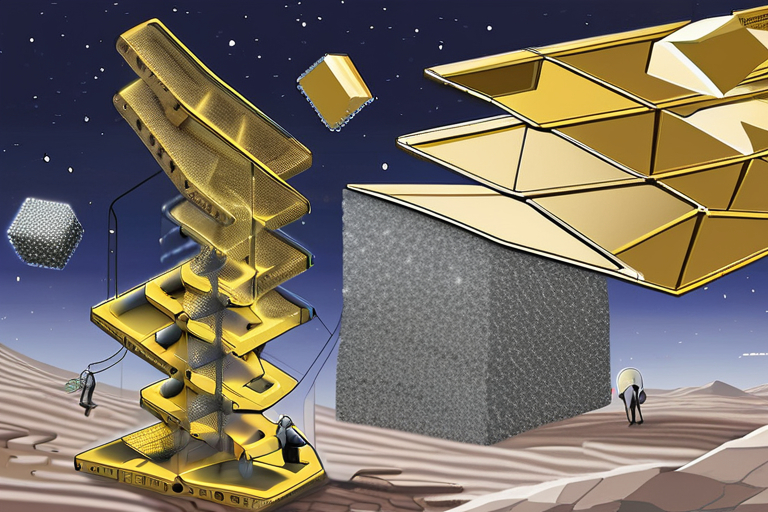
Multi-Source Journalism
This article synthesizes reporting from multiple credible news sources to provide comprehensive, balanced coverage.

Multi-Source Journalism
This article synthesizes reporting from multiple credible news sources to provide comprehensive, balanced coverage.
Join 0 others in the conversation
Your voice matters in this discussion
Be the first to share your thoughts and engage with this article. Your perspective matters!
Discover more articles

A groundbreaking discovery has been made by scientists using a global network of radio telescopes, detecting a mysterious, invisible mass lurking in deep space that is approximately one million times more massive than our sun. This finding supports t

Astronomers using the James Webb Space Telescope may have spotted a distant galaxy that formed an astonishing 190 million years before its closest competitor, potentially marking the earliest known galaxy in our universe's 13.8-billion-year history.
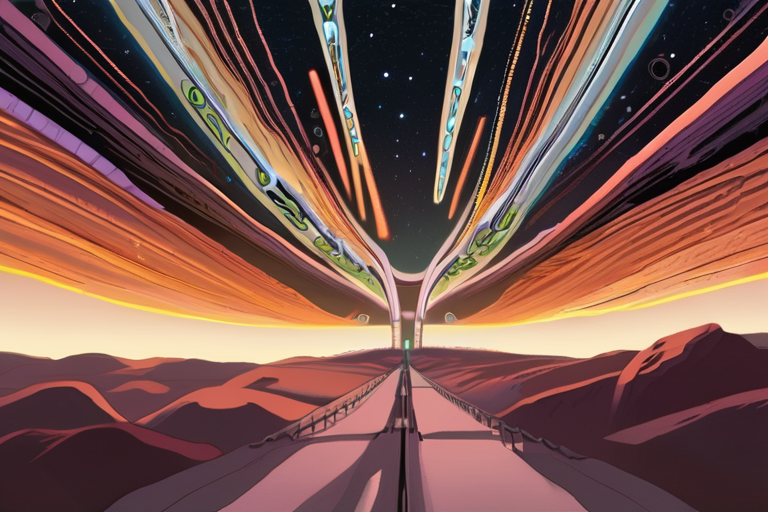
Astronomers have made a groundbreaking discovery of a colossal gas bridge connecting two dwarf galaxies, spanning an astonishing 185,000 light-years between NGC 4532 and DDO 137, located 53 million light-years from Earth. This massive structure is th
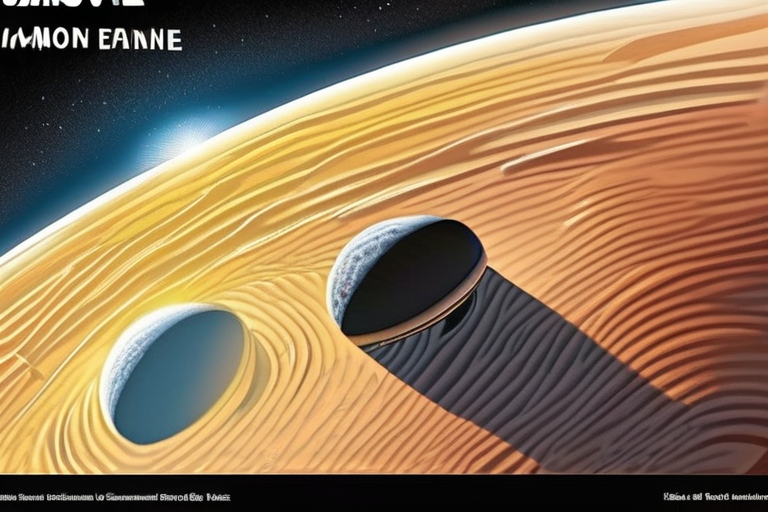
Astronomers using the James Webb Space Telescope have made a groundbreaking discovery, detecting a carbon-rich disk around a giant exoplanet likely forming moons. This finding sheds new light on the mystery of missing exomoons and suggests that moon
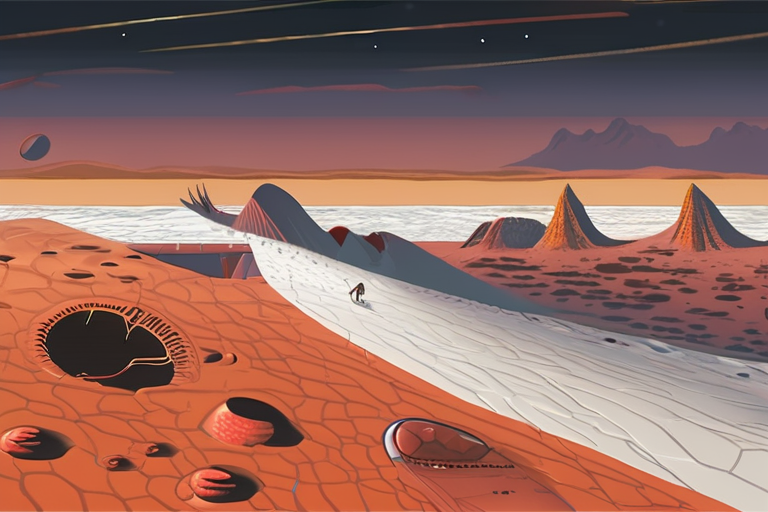
In a groundbreaking discovery, scientists have found life thriving in one of the Earth's most inhospitable environments, a deep-sea area with a pH of 12, where survival seems nearly impossible. By analyzing specialized fat molecules, researchers reve
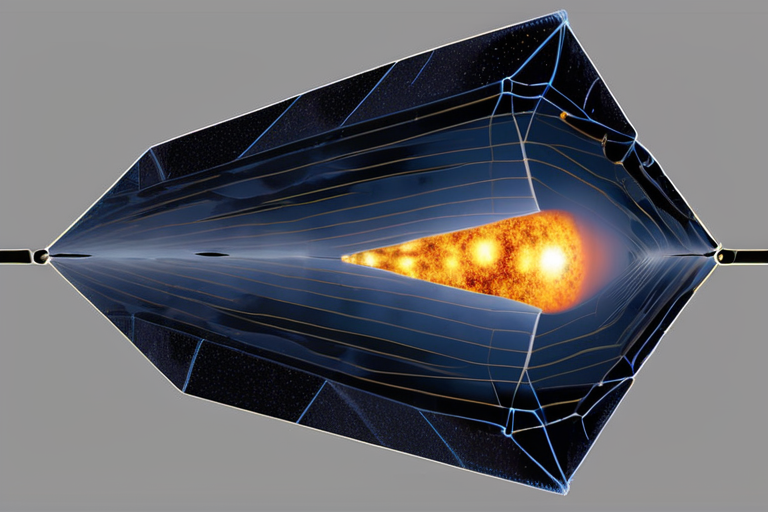
The James Webb Space Telescope has made a groundbreaking discovery that suggests the universe's first stars may have been powered by dark matter annihilation rather than nuclear fusion. This finding could explain the existence of unusually bright ear
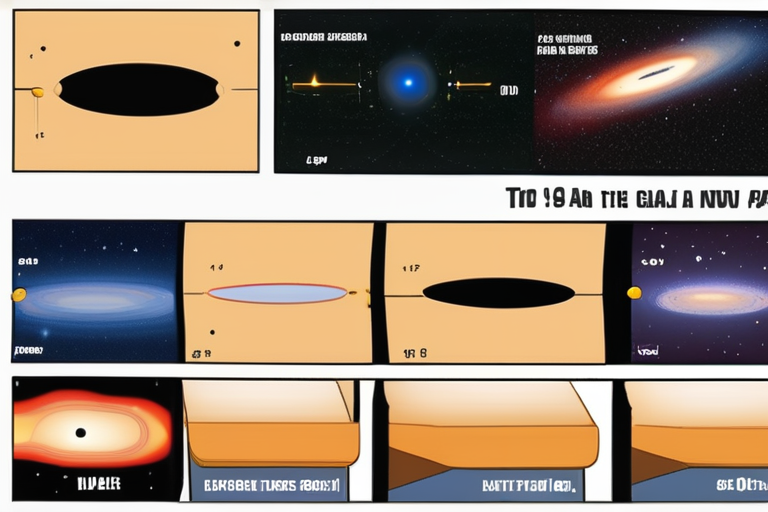
Astronomers using the Vera C. Rubin Observatory's first test image have made a groundbreaking discovery, uncovering a long, stellar stream extending from the galaxy Messier 61. This finding suggests that the galaxy once tore apart a smaller one, rewr
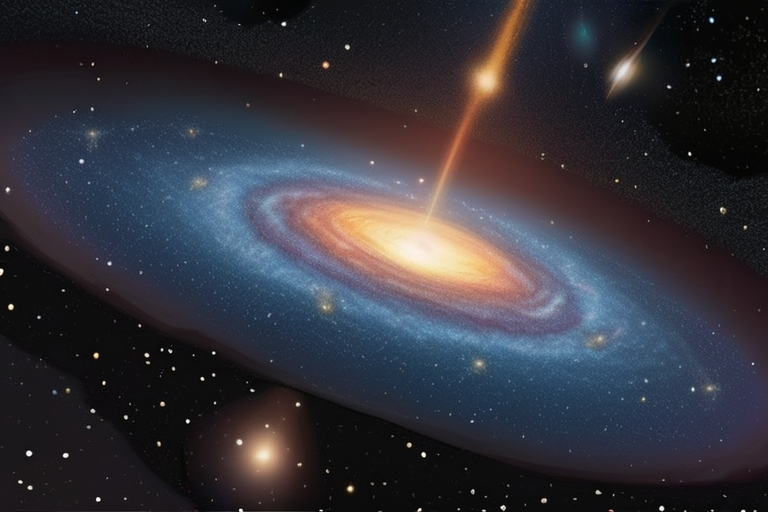
Astronomers have discovered a remarkably pristine star, SDSS J0715-7334, in the Large Magellanic Cloud, which appears to be one of the oldest stars in the universe with nearly no heavy elements produced by supernovae. This finding is significant beca

Scientists have confirmed the natural origin of comet 3I/Atlas, putting to rest conspiracy theories surrounding its interstellar nature. A recent detection by the MeerKAT radio telescope in South Africa revealed a radio frequency pattern consistent w

The James Webb Space Telescope has detected hints of an atmosphere on TRAPPIST-1e, a potentially habitable exoplanet 40 light years away from Earth. This discovery raises hopes that the planet could be home to liquid water and oceans or ice, making i

Science News from research organizations NASAs Webb Space Telescope Reveals Secrets of Interstellar Comet 3IATLAS Date: September 2, 2025 Source: NASA Summary: Webb, Hubble, and SPHEREx are joining forces to study the interstellar comet 3IATLAS, reve
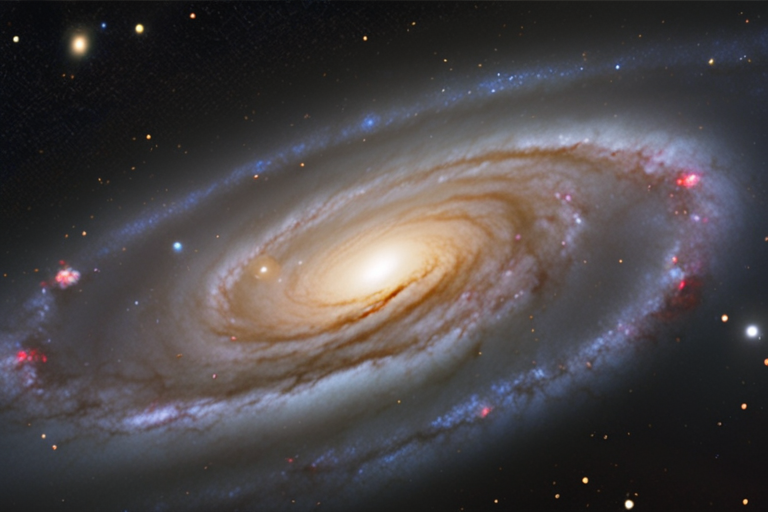
Astronomers using the Vera C. Rubin Observatory's first test image have discovered a previously unknown stellar stream extending from the galaxy Messier 61, suggesting it once tore apart a smaller galaxy. This finding, which marks the observatory's f

Scientists studying exoplanets, celestial bodies beyond our solar system, are seeking collaboration with lab-based chemists to better understand the diverse atmospheres and chemical processes of these distant worlds. Recent discoveries by the James W
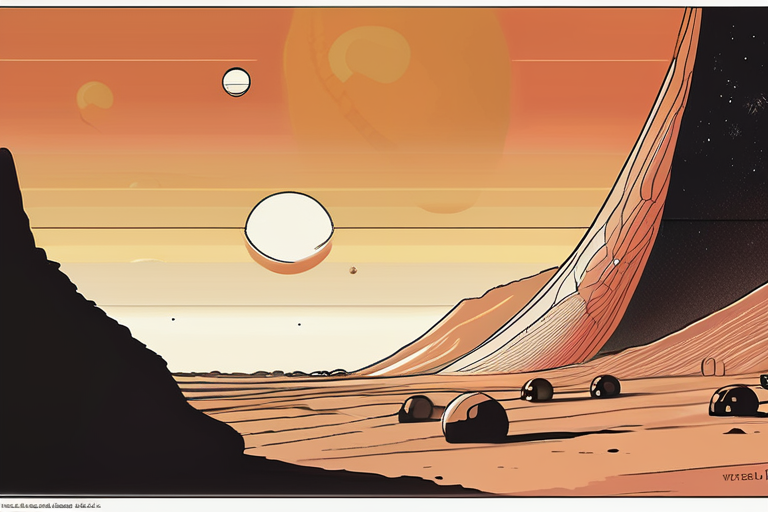
The James Webb Space Telescope has detected hints of an atmosphere on TRAPPIST-1e, a potentially habitable exoplanet 40 light years from Earth. This discovery raises hopes that the planet could be home to liquid water and even oceans or ice. The find
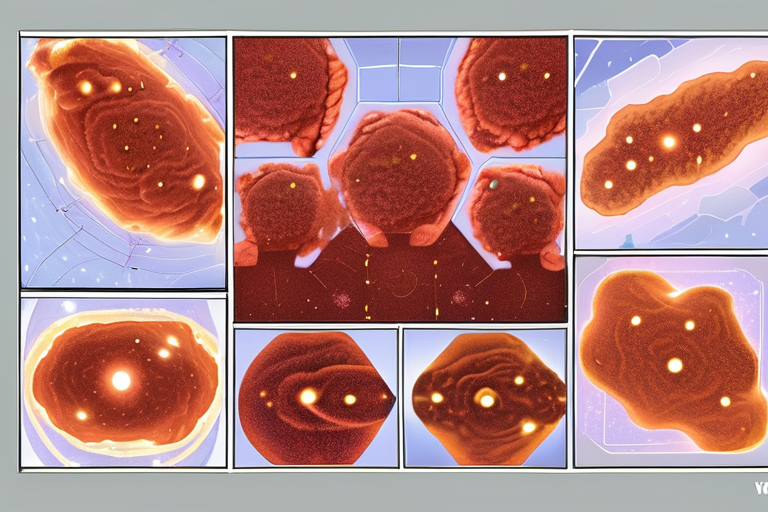
The James Webb Space Telescope has captured a stunning image of a cosmic landscape called Pismis 24, located within the Lobster Nebula about 5,500 light-years away. This region is home to thousands of newborn stars that are igniting in a spectacular

A groundbreaking discovery by astronomers using the James Webb Space Telescope suggests that the universe's first stars may have been powered not by nuclear fusion, but by dark matter annihilation. These "supermassive dark stars" could explain the ex
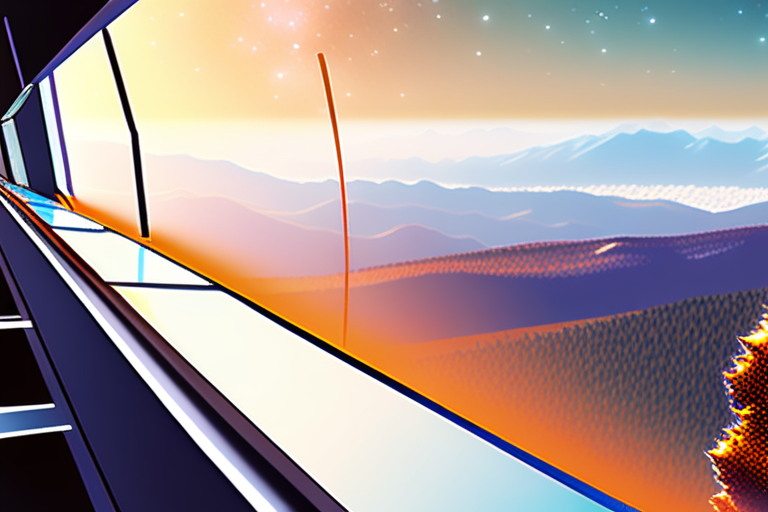
Astronomers using the James Webb Space Telescope may have discovered a distant galaxy, Capotauro, which formed approximately 190 million years before its closest competitor, potentially marking the earliest known galaxy in our universe's history. Thi

A new study suggests that the nearest advanced alien civilization could be approximately 33,000 light years away, potentially existing for millions of years before our own civilization. This estimate is based on the likelihood of finding Earth-like p
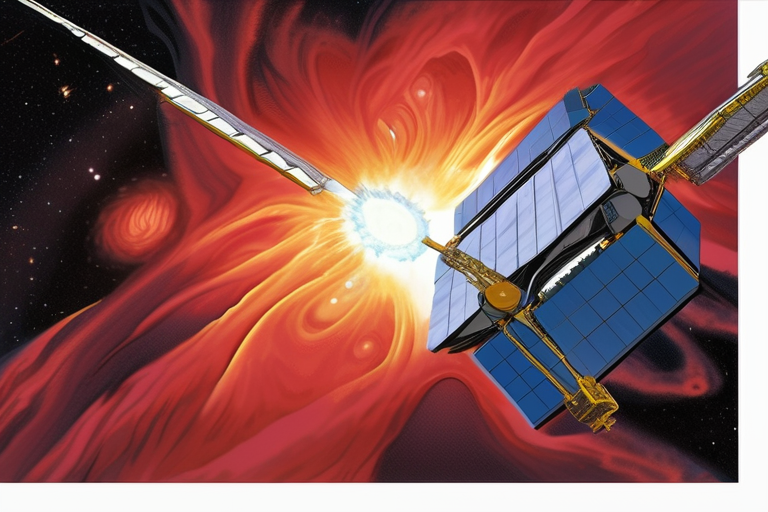
The James Webb Space Telescope has made a groundbreaking discovery by capturing the final moments of a massive red supergiant star just before it exploded into a supernova. Using its infrared capabilities, JWST pierced through cosmic dust to reveal t
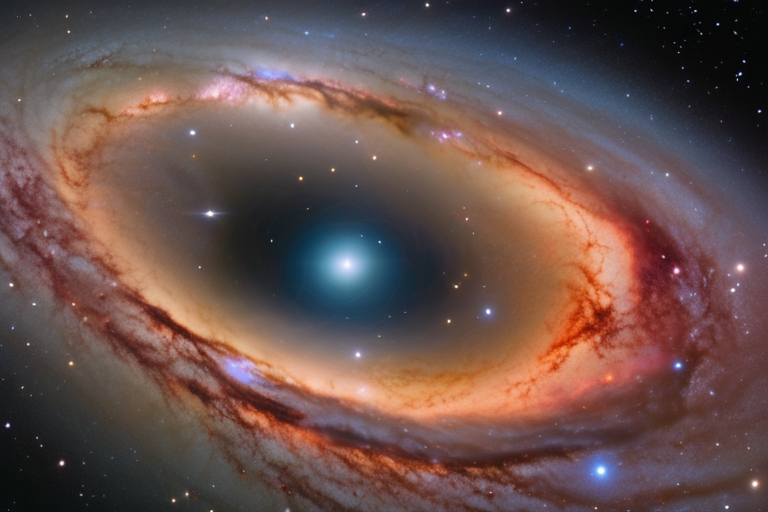
The Vera C. Rubin Observatory has made a groundbreaking discovery in its first test image, revealing a previously unknown stellar stream extending from the galaxy Messier 61. This trail of light suggests that Messier 61 once tore apart a smaller gala
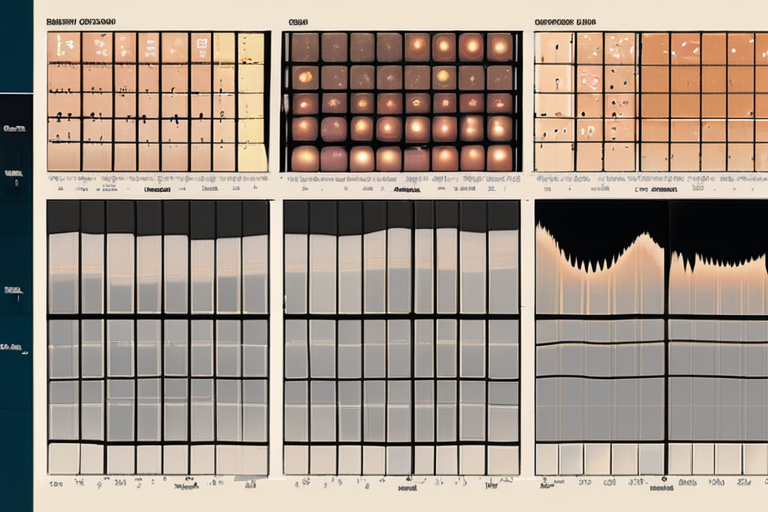
The Hubble Space Telescope has captured an image of NGC 2775, a mysterious galaxy that defies easy classification due to its unique blend of elliptical and spiral characteristics. This hybrid galaxy's structure may be the result of past galactic merg
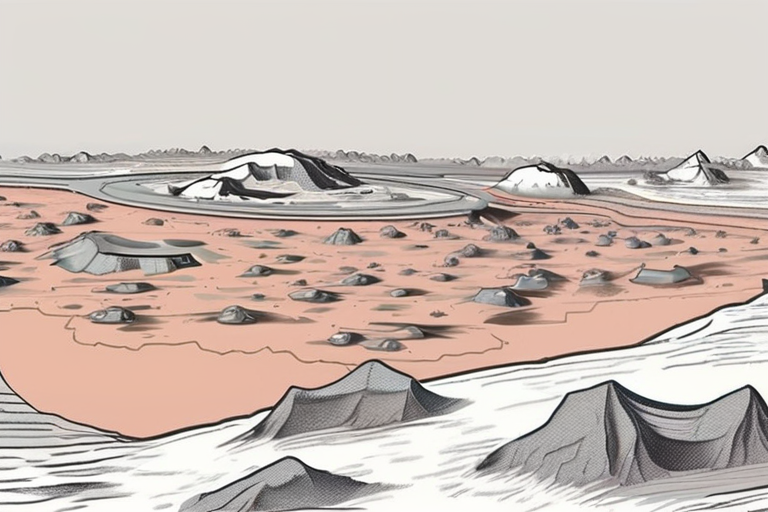
Astronomers have made a groundbreaking discovery using the Vera C. Rubin Observatory, uncovering a previously unknown stellar stream extending from the iconic galaxy Messier 61. This trail of light suggests that the galaxy once tore apart a smaller c
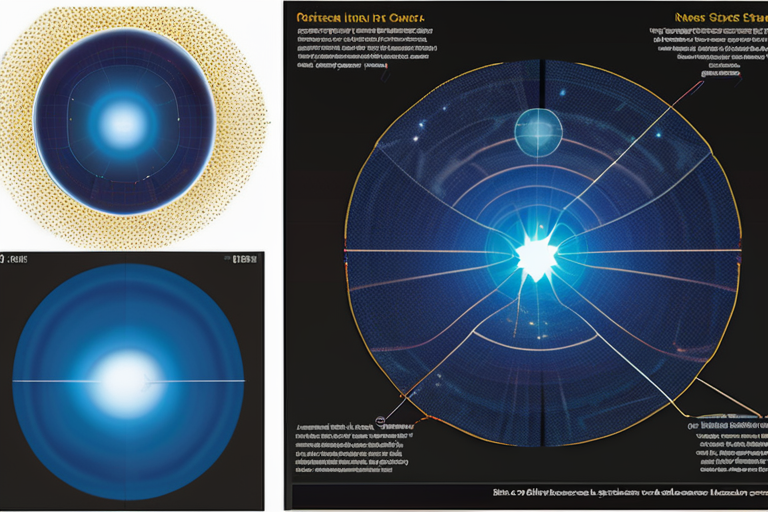
Astronomers have discovered a near-pristine star, SDSS J0715-7334, in the Large Magellanic Cloud, which appears to be one of the most metal-poor stars known in the universe. This star is thought to be a direct descendant of the first generation of st
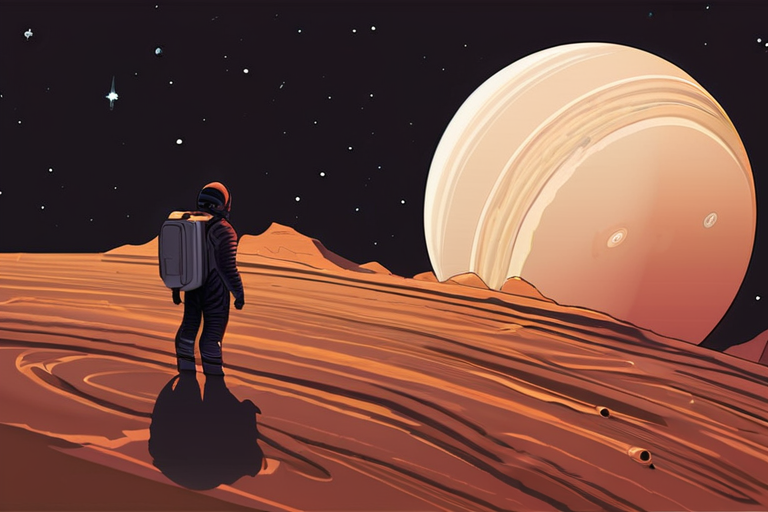
Astronomers have detected strong phosphine signatures on a brown dwarf, confirming long-awaited predictions and providing closure to a decade-long problem. However, this finding also raises concerns for alien hunters, as it suggests that phosphine ca
Share & Engage Share
Share this article